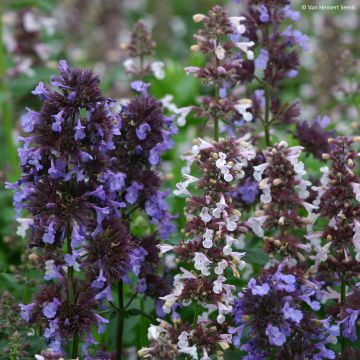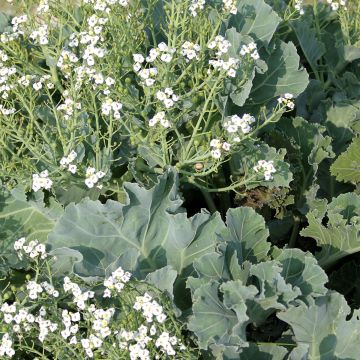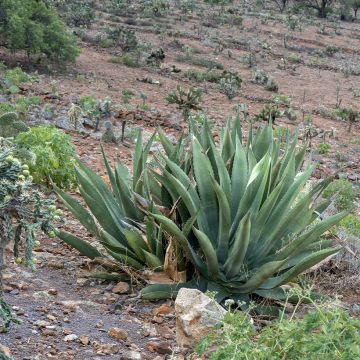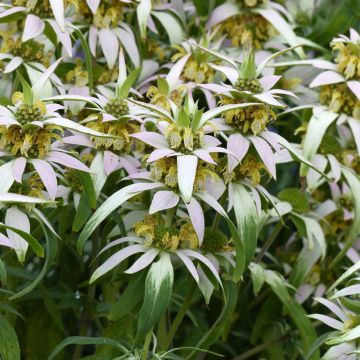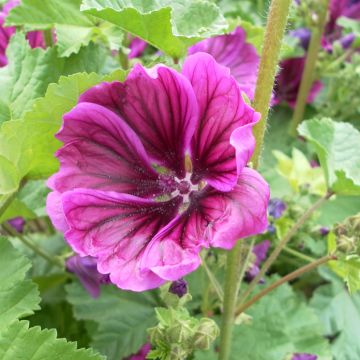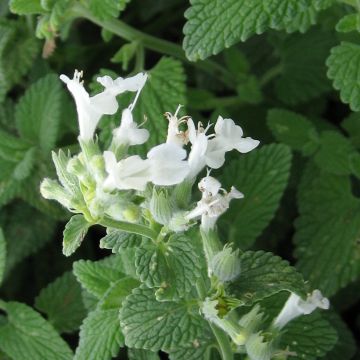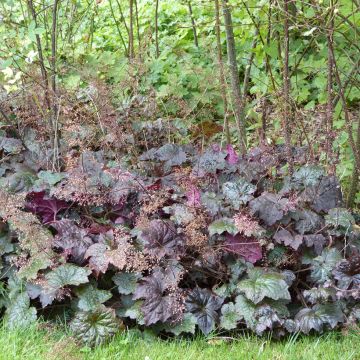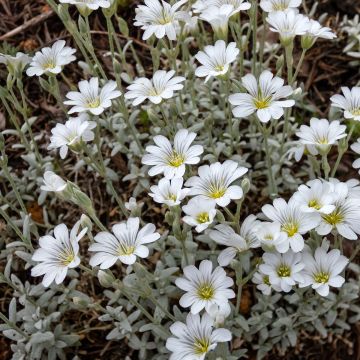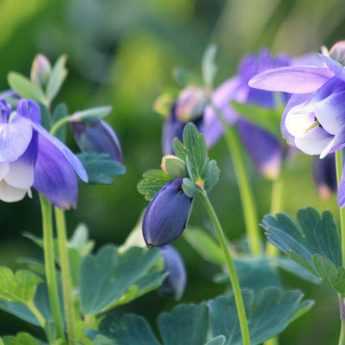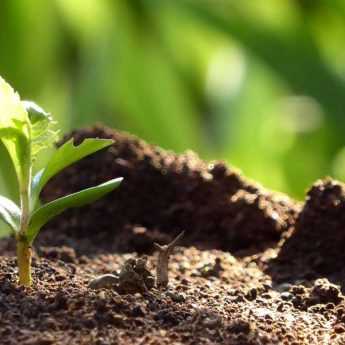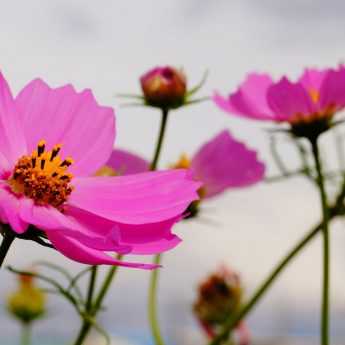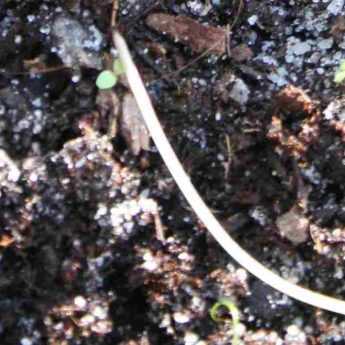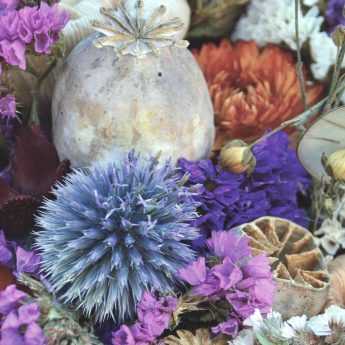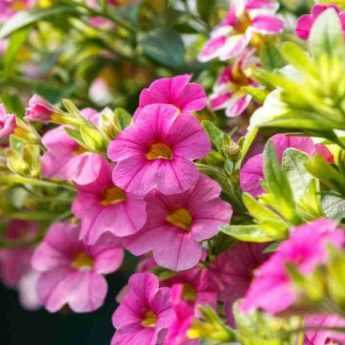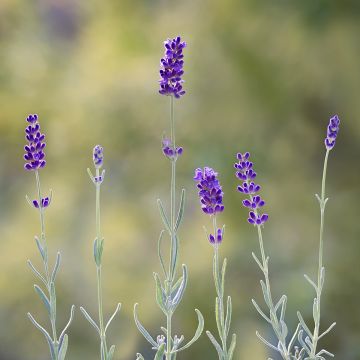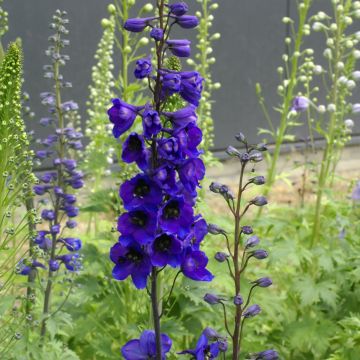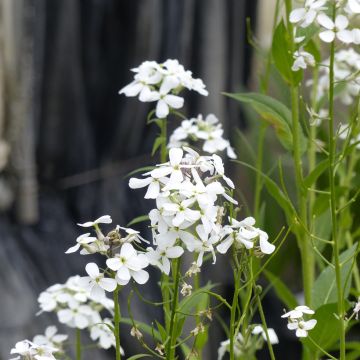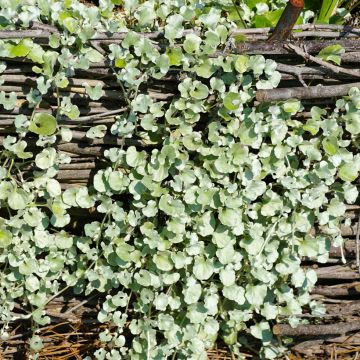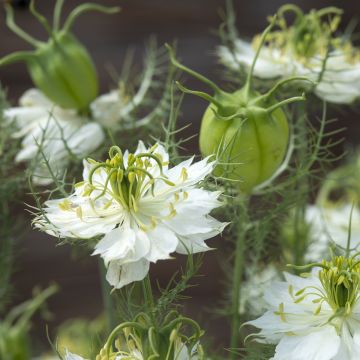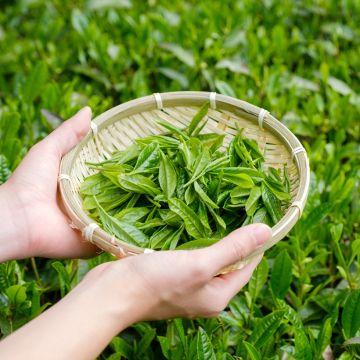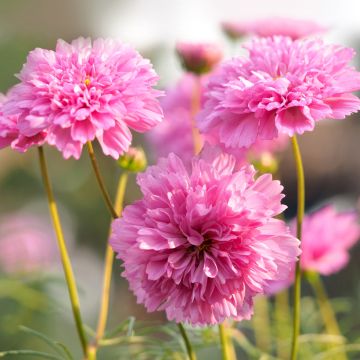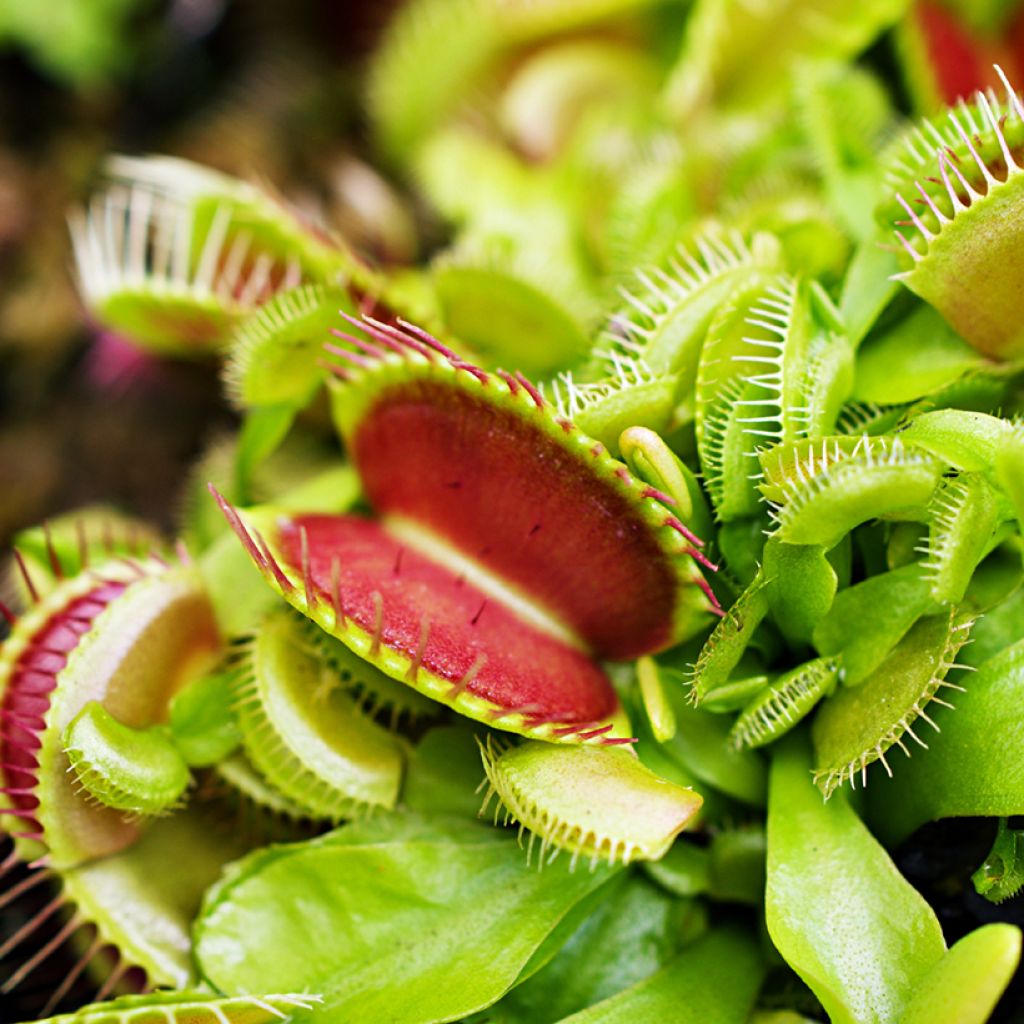

Dionaea muscipula seeds - Venus flytrap
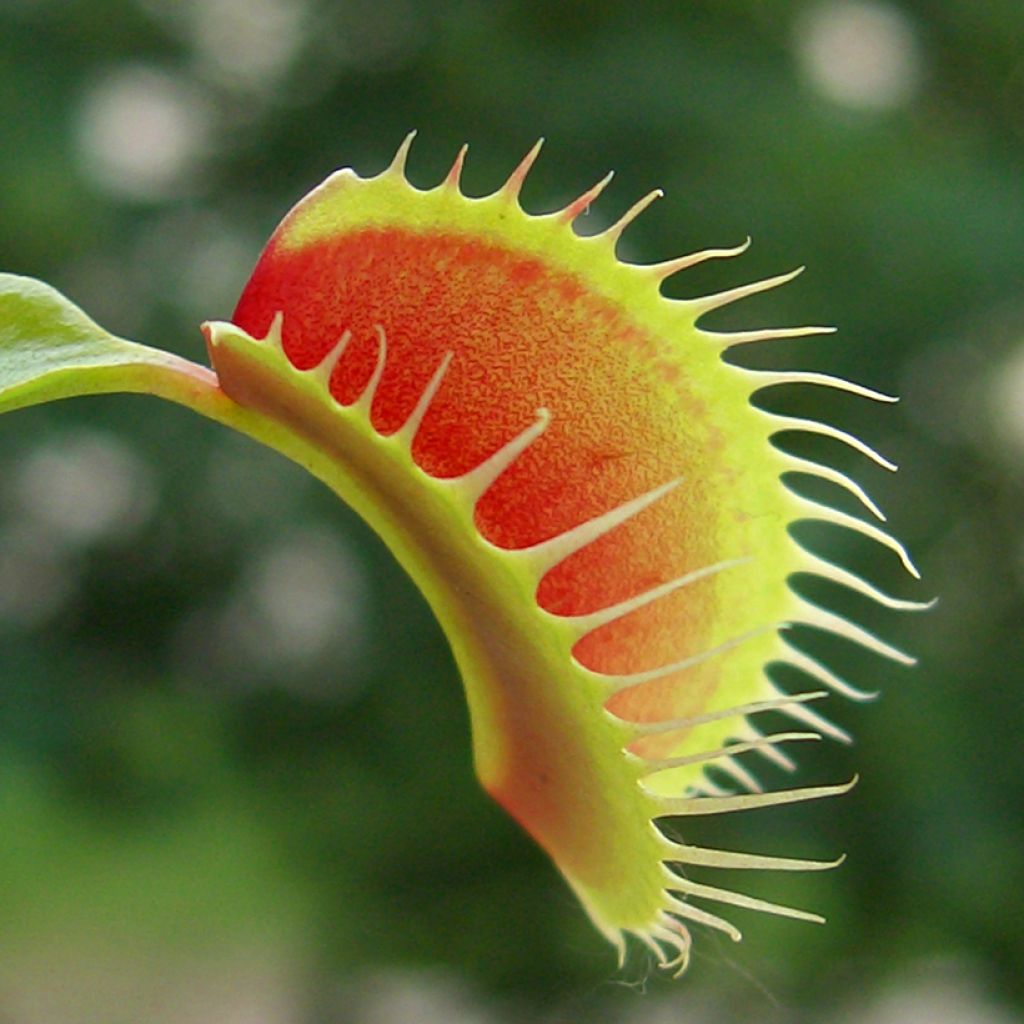

Dionaea muscipula seeds - Venus flytrap
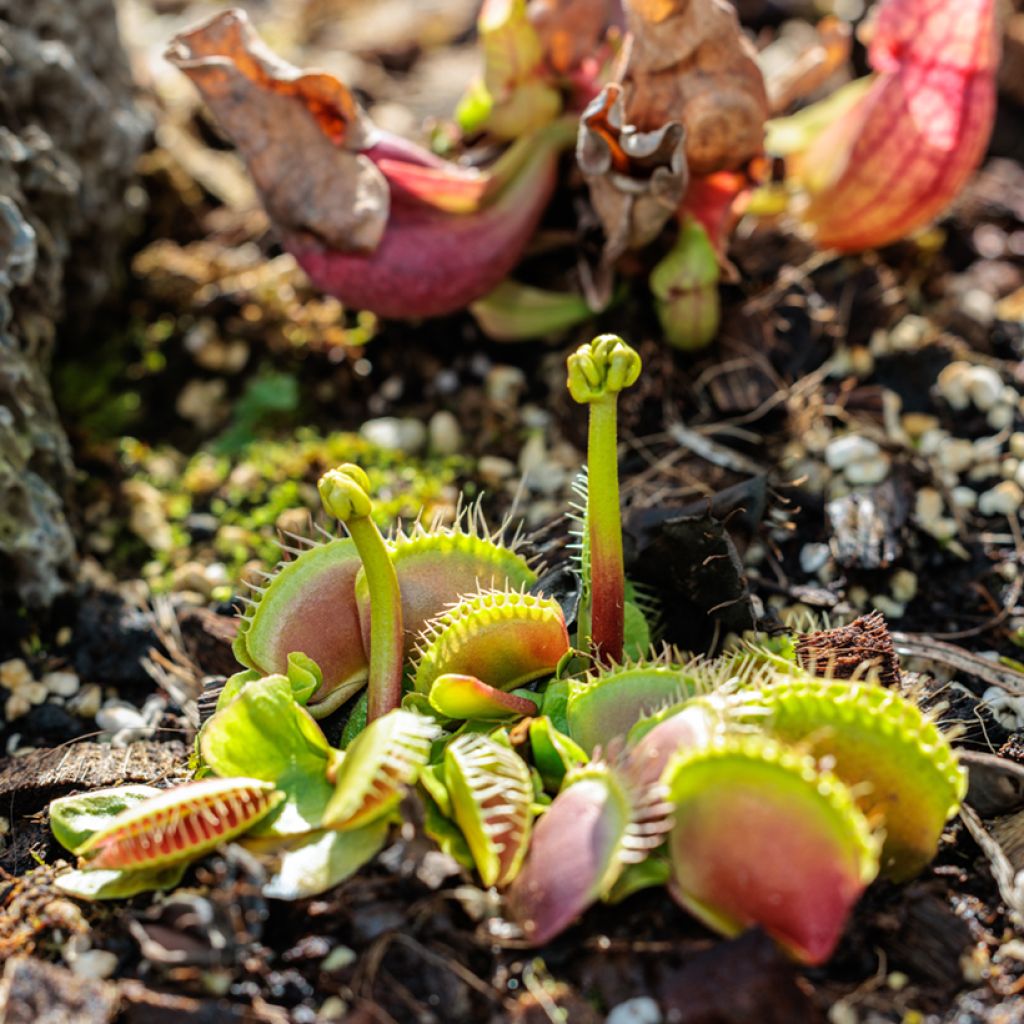

Dionaea muscipula seeds - Venus flytrap
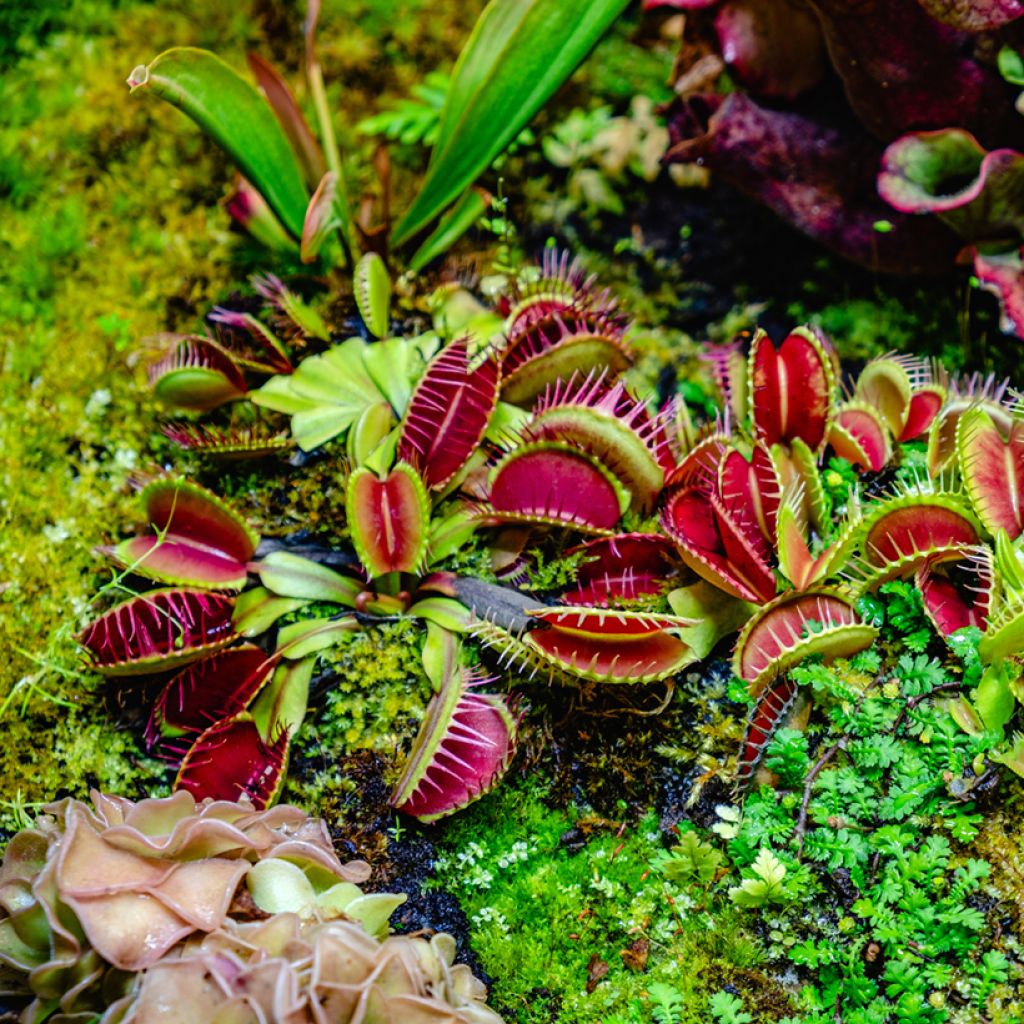

Dionaea muscipula seeds - Venus flytrap


Dionaea muscipula seeds - Venus flytrap
Venus flytrap seeds - Dionaea muscipula
Dionaea muscipula
Venus flytrap
Home or relay delivery (depending on size and destination)
Schedule delivery date,
and select date in basket
This plant carries a 6 months recovery warranty
More information
We guarantee the quality of our plants for a full growing cycle, and will replace at our expense any plant that fails to recover under normal climatic and planting conditions.
Would this plant suit my garden?
Set up your Plantfit profile →
Description
Venus Flytrap seeds allow you to grow Dionaea muscipula, a fascinating carnivorous plant famous for its ability to catch insects. Native to the subtropical wetlands of North and South Carolina in the United States, this perennial is adapted to poor, acidic soils. To cultivate it successfully, you'll need to keep its roots constantly moist, provide high ambient humidity, and place it in full sun. A substrate made of sphagnum moss and sand is ideal, with no added fertilisers.
Dionaea muscipula, or Venus Flytrap, belongs to the Droseraceae family and has a unique trapping mechanism among carnivorous plants. At maturity, the plant forms a rosette of spreading leaves, typically reaching a diameter of 10 to 15 cm. Each rosette consists of 4 to 8 leaves arranged around a short, bulbous underground stem. Each leaf is compound, with a flattened, glossy green petiolate section for photosynthesis and a jaw-like trap averaging 3 to 5 cm long. The inner lobes are often tinged red to purple, attracting insects. These lobes are edged with rigid cilia that interlock when the trap closes, preventing prey from escaping. The trapping mechanism relies on sensitive hairs inside the lobes—if an insect touches two within twenty seconds, the leaf snaps shut in under a second, trapping the victim. Enzymatic digestion then occurs over 7 to 10 days, after which the trap reopens, leaving only the prey's exoskeleton. In summer, the Venus Flytrap produces small white, 1 to 1.5 cm in diameter flowers, borne on a slender stem rising up to 30 cm above the foliage. This elevated floral peduncle prevents pollinating insects from being caught by the carnivorous leaves.
To optimise the cultivation of Dionaea muscipula, try to replicate its natural conditions as closely as possible. It thrives in very bright environments with high humidity. Using distilled or rainwater is recommended to avoid mineral buildup. The plant can be grown in pots or terrariums, provided there is good air circulation to prevent fungal diseases. Venus Flytrap coexists well with other carnivorous plants sharing similar requirements, such as certain species of Drosera or Sarracenia. Together, they create a fascinating ecosystem.
Report an error about the product description
Venus flytrap seeds - Dionaea muscipula in pictures
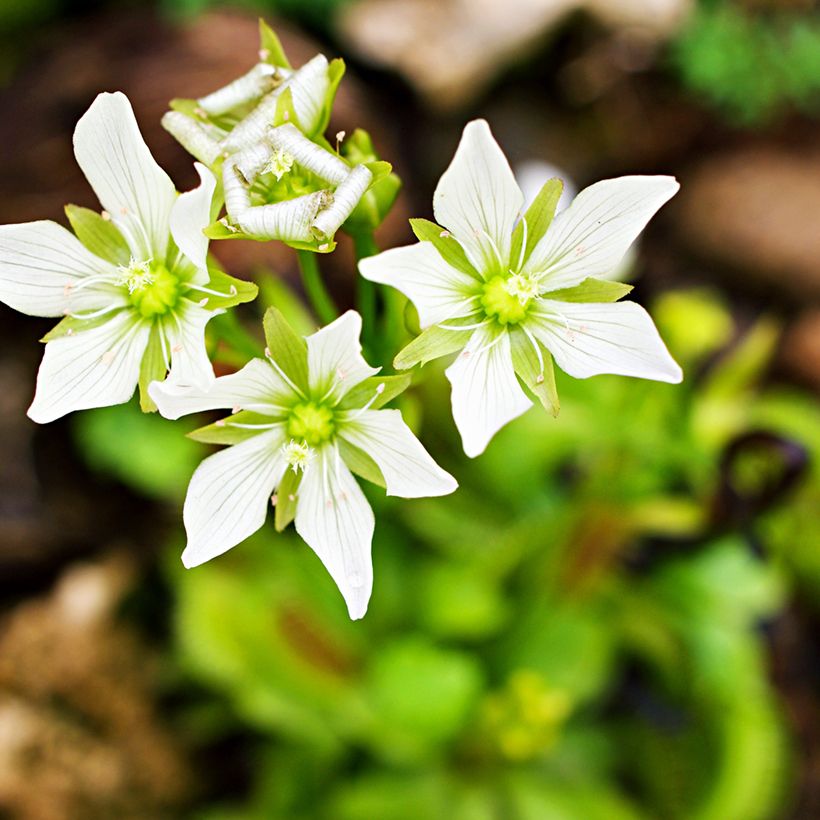





Flowering
Foliage
Plant habit
Botanical data
Dionaea
muscipula
Droseraceae
Venus flytrap
North America
Other Perennial flower seeds
View all →Planting and care
Venus flytrap (Dionaea muscipula) seeds require cold stratification for more effective germination. To achieve this, mix the seeds with moist sphagnum moss or slightly damp absorbent paper, place them in a sealed bag or container, then refrigerate at 2-5°C for 4-6 weeks. Check regularly for any mould development.
Sow in a substrate of pure sphagnum moss or a 50/50 mix of peat and perlite, avoiding standard soil. Choose a shallow tray or pot with drainage holes. The seeds should be placed on the surface without being buried, as they require light to germinate. Water only with demineralised, osmosis-filtered water, or rainwater, keeping the substrate moist through capillary action by placing the pot in a tray of water. Intense light is essential: a horticultural lamp running for 16 hours daily or full sun exposure is ideal. Maintain temperatures between 20-30°C to encourage germination, which is more easily achieved in a heated greenhouse.
Germination takes 4-6 weeks, sometimes longer. Once seedlings appear, maintain high humidity without waterlogging. Avoid feeding for several months—only use highly diluted feed if absolutely necessary. Growth is slow, with Venus flytraps taking 2-4 years to reach maturity.
When young plants reach 1-2 cm, they can be separated and repotted individually. Gradual hardening to outdoor conditions, such as wind and direct sunlight, is required.
To avoid common mistakes: never bury the seeds, avoid tap water due to harmful minerals, ensure sufficient lighting to prevent mould, and be patient—germination can be unpredictable.
Cultivation: To grow Venus flytraps successfully, replicate their natural habitat. They prefer an acidic, nutrient-poor substrate, primarily peat or sphagnum moss mixed with non-calcareous sand or perlite for drainage. Full sun enhances trap colouration. Water with non-calcareous water (ideally rainwater), keeping the substrate consistently moist. In winter, the plant enters dormancy—reduce watering and protect from extreme cold.
Sowing period
Intended location
Planting & care advice
This item has not been reviewed yet - be the first to leave a review about it.
Similar products
Haven't found what you were looking for?
Hardiness is the lowest winter temperature a plant can endure without suffering serious damage or even dying. However, hardiness is affected by location (a sheltered area, such as a patio), protection (winter cover) and soil type (hardiness is improved by well-drained soil).

Photo Sharing Terms & Conditions
In order to encourage gardeners to interact and share their experiences, Promesse de fleurs offers various media enabling content to be uploaded onto its Site - in particular via the ‘Photo sharing’ module.
The User agrees to refrain from:
- Posting any content that is illegal, prejudicial, insulting, racist, inciteful to hatred, revisionist, contrary to public decency, that infringes on privacy or on the privacy rights of third parties, in particular the publicity rights of persons and goods, intellectual property rights, or the right to privacy.
- Submitting content on behalf of a third party;
- Impersonate the identity of a third party and/or publish any personal information about a third party;
In general, the User undertakes to refrain from any unethical behaviour.
All Content (in particular text, comments, files, images, photos, videos, creative works, etc.), which may be subject to property or intellectual property rights, image or other private rights, shall remain the property of the User, subject to the limited rights granted by the terms of the licence granted by Promesse de fleurs as stated below. Users are at liberty to publish or not to publish such Content on the Site, notably via the ‘Photo Sharing’ facility, and accept that this Content shall be made public and freely accessible, notably on the Internet.
Users further acknowledge, undertake to have ,and guarantee that they hold all necessary rights and permissions to publish such material on the Site, in particular with regard to the legislation in force pertaining to any privacy, property, intellectual property, image, or contractual rights, or rights of any other nature. By publishing such Content on the Site, Users acknowledge accepting full liability as publishers of the Content within the meaning of the law, and grant Promesse de fleurs, free of charge, an inclusive, worldwide licence for the said Content for the entire duration of its publication, including all reproduction, representation, up/downloading, displaying, performing, transmission, and storage rights.
Users also grant permission for their name to be linked to the Content and accept that this link may not always be made available.
By engaging in posting material, Users consent to their Content becoming automatically accessible on the Internet, in particular on other sites and/or blogs and/or web pages of the Promesse de fleurs site, including in particular social pages and the Promesse de fleurs catalogue.
Users may secure the removal of entrusted content free of charge by issuing a simple request via our contact form.
The flowering period indicated on our website applies to countries and regions located in USDA zone 8 (France, the United Kingdom, Ireland, the Netherlands, etc.)
It will vary according to where you live:
- In zones 9 to 10 (Italy, Spain, Greece, etc.), flowering will occur about 2 to 4 weeks earlier.
- In zones 6 to 7 (Germany, Poland, Slovenia, and lower mountainous regions), flowering will be delayed by 2 to 3 weeks.
- In zone 5 (Central Europe, Scandinavia), blooming will be delayed by 3 to 5 weeks.
In temperate climates, pruning of spring-flowering shrubs (forsythia, spireas, etc.) should be done just after flowering.
Pruning of summer-flowering shrubs (Indian Lilac, Perovskia, etc.) can be done in winter or spring.
In cold regions as well as with frost-sensitive plants, avoid pruning too early when severe frosts may still occur.
The planting period indicated on our website applies to countries and regions located in USDA zone 8 (France, United Kingdom, Ireland, Netherlands).
It will vary according to where you live:
- In Mediterranean zones (Marseille, Madrid, Milan, etc.), autumn and winter are the best planting periods.
- In continental zones (Strasbourg, Munich, Vienna, etc.), delay planting by 2 to 3 weeks in spring and bring it forward by 2 to 4 weeks in autumn.
- In mountainous regions (the Alps, Pyrenees, Carpathians, etc.), it is best to plant in late spring (May-June) or late summer (August-September).
The harvesting period indicated on our website applies to countries and regions in USDA zone 8 (France, England, Ireland, the Netherlands).
In colder areas (Scandinavia, Poland, Austria...) fruit and vegetable harvests are likely to be delayed by 3-4 weeks.
In warmer areas (Italy, Spain, Greece, etc.), harvesting will probably take place earlier, depending on weather conditions.
The sowing periods indicated on our website apply to countries and regions within USDA Zone 8 (France, UK, Ireland, Netherlands).
In colder areas (Scandinavia, Poland, Austria...), delay any outdoor sowing by 3-4 weeks, or sow under glass.
In warmer climes (Italy, Spain, Greece, etc.), bring outdoor sowing forward by a few weeks.


































